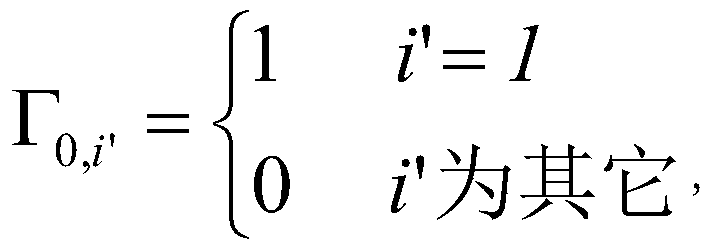An Iterative Equalization Method Based on Survivor-by-Survivor Path Processing in Direct Sequence Spread Spectrum Communication
A technology of direct sequence spread spectrum and surviving paths, which is applied in the field of joint equalization and decoding, and can solve problems such as restricting system performance, error propagation, and known channel response
- Summary
- Abstract
- Description
- Claims
- Application Information
AI Technical Summary
Problems solved by technology
Method used
Image
Examples
Embodiment 1
[0055] See figure 1 and figure 2 , the iterative equalization method based on survivor path processing in the direct sequence spread spectrum communication of this embodiment is a joint equalization and decoding method suitable for direct sequence spread spectrum communication systems under fast time-varying channel conditions, which can effectively track time Change the channel without inserting additional training data; in the receiver, the direct sequence spread spectrum symbol is used as the processing unit, and the "surviving path channel estimation" method is adopted in the iterative equalization detector, according to the "channel estimation matching index" The channel estimation is updated adaptively; the detector adopts the detection algorithm of soft-in and soft-out, and the subsequent decoder adopts the iterative decoding algorithm of soft-in and soft-out, and the soft information is exchanged between the detector and the decoder, and iterated repeatedly close to ...
PUM
 Login to View More
Login to View More Abstract
Description
Claims
Application Information
 Login to View More
Login to View More - R&D
- Intellectual Property
- Life Sciences
- Materials
- Tech Scout
- Unparalleled Data Quality
- Higher Quality Content
- 60% Fewer Hallucinations
Browse by: Latest US Patents, China's latest patents, Technical Efficacy Thesaurus, Application Domain, Technology Topic, Popular Technical Reports.
© 2025 PatSnap. All rights reserved.Legal|Privacy policy|Modern Slavery Act Transparency Statement|Sitemap|About US| Contact US: help@patsnap.com



